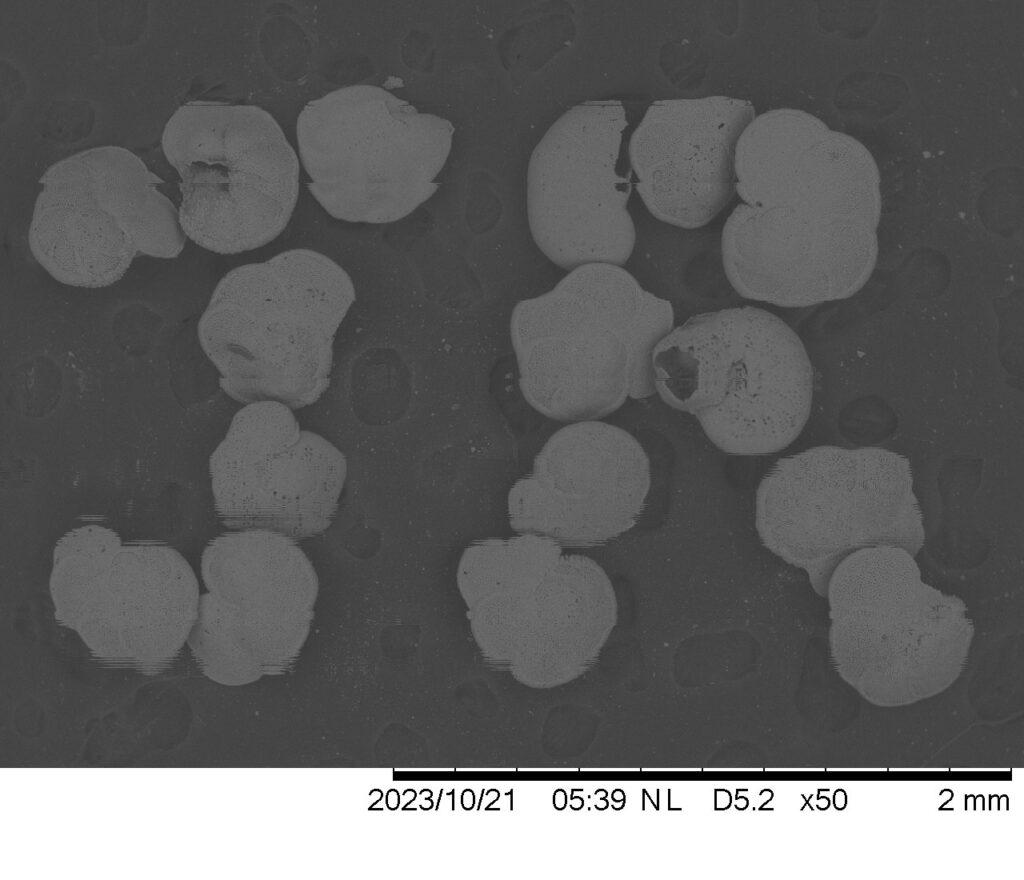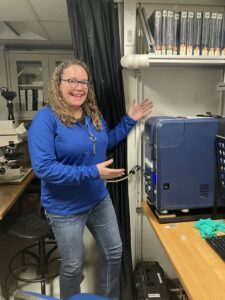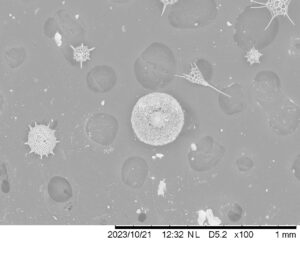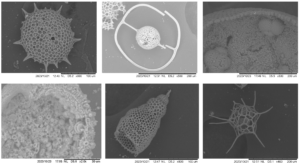
A Physicist Falls in Love
 This post was written by DaNel Hogan, Chief Learning Officer for the Waters Center for Systems Thinking and School of Rock October 2023 participant.
This post was written by DaNel Hogan, Chief Learning Officer for the Waters Center for Systems Thinking and School of Rock October 2023 participant.
Who knew a transit trip on the JOIDES Resolution would result in new found love? Joining Expedition 400T from Reykjavik to Amsterdam for School of Rock, an incredible program putting STEM educators like myself aboard this unique ocean drilling research vessel, resulted in a strong connection and new love. Perhaps it is not all that unlikely, as the ship does bring together a wide range of people with varying areas of expertise from around the world. These include folks who are experts in sailing a large 143-meter-long ship and drilling cores out of the ocean floor to those with STEM expertise from chemists to sedimentologists to engineers of all kinds and so many more. Still, I did not expect to find myself staring for hours at a new love interest—microfossils. That’s right! Sitting at a stereoscope for hours on end in search of various forms of microfossils turns out to be rather addicting. This is a particularly surprising turn of events for a physicist with a materials science research background to find herself intrigued by these tiny case studies in structure and function.

From the simple challenge of writing the letters “JR,” the initials for the ship JOIDES Resolution, on a scanning electron microscope (SEM) stub using foraminifera (a type of microfossil) to then searching for radiolaria (another type of microfossil that are even smaller), these remains of once living creatures are fascinating. The structure of some foraminifera look like the tiniest nautilus with spiral structure while others look like perfect spheres or conjoined spheres and still others look like complicated calcium carbonate vases, all built millions of years ago. The radiolaria, which are order of magnitude smaller than the foraminifera we were exploring, are yet another obsession easily magnified by their beautiful symmetry. How can so much structure be built into the test (the shell) of these creatures that are truly smaller than a grain of sand and by a one-celled animal? And how can anyone give them a single glance and not want to see and know even more?

Regardless of their design, microfossils play an incredibly important role when dating (determining the age of) sediment cores drilled out of the ocean. Sediment from the core catcher of each core drilled on the JOIDES Resolution is immediately handed off to a micropaleontologist who rushes to their lab aboard this ocean research vessel. Using their years of expertise and training to look for key species of microfossils within the sediment samples, the micropaleontologists’ observations allow them to determine the approximate date the 10-meter core was deposited on the ocean floor. A critical part of the carefully planned scientific expeditions aboard the JOIDES Resolution, determining the approximate core deposition dates using microfossils and other investigations of the core samples lead to a better understanding of Earth’s long history. And now you see why it is so easy to fall in love with the beautiful microfossil lifeforms that give us a way to peer into the past to determine what our planet was like millions of years ago.
